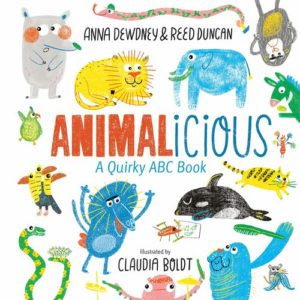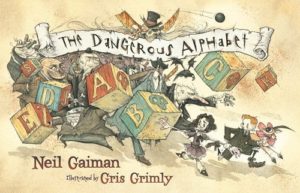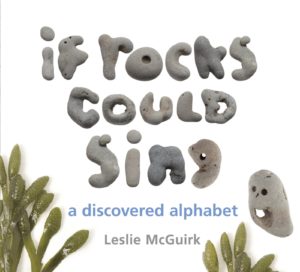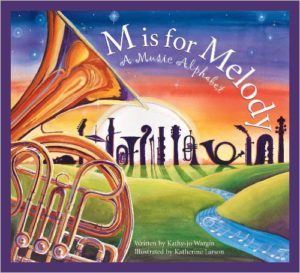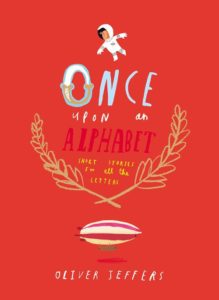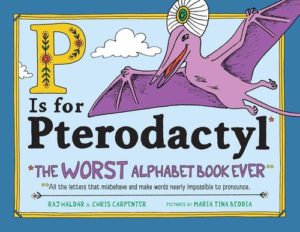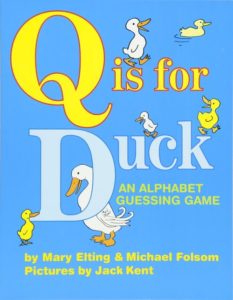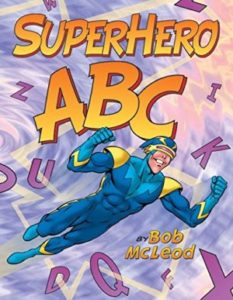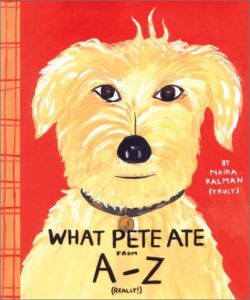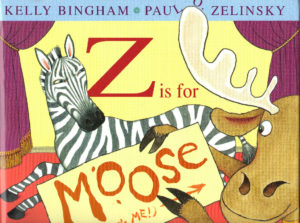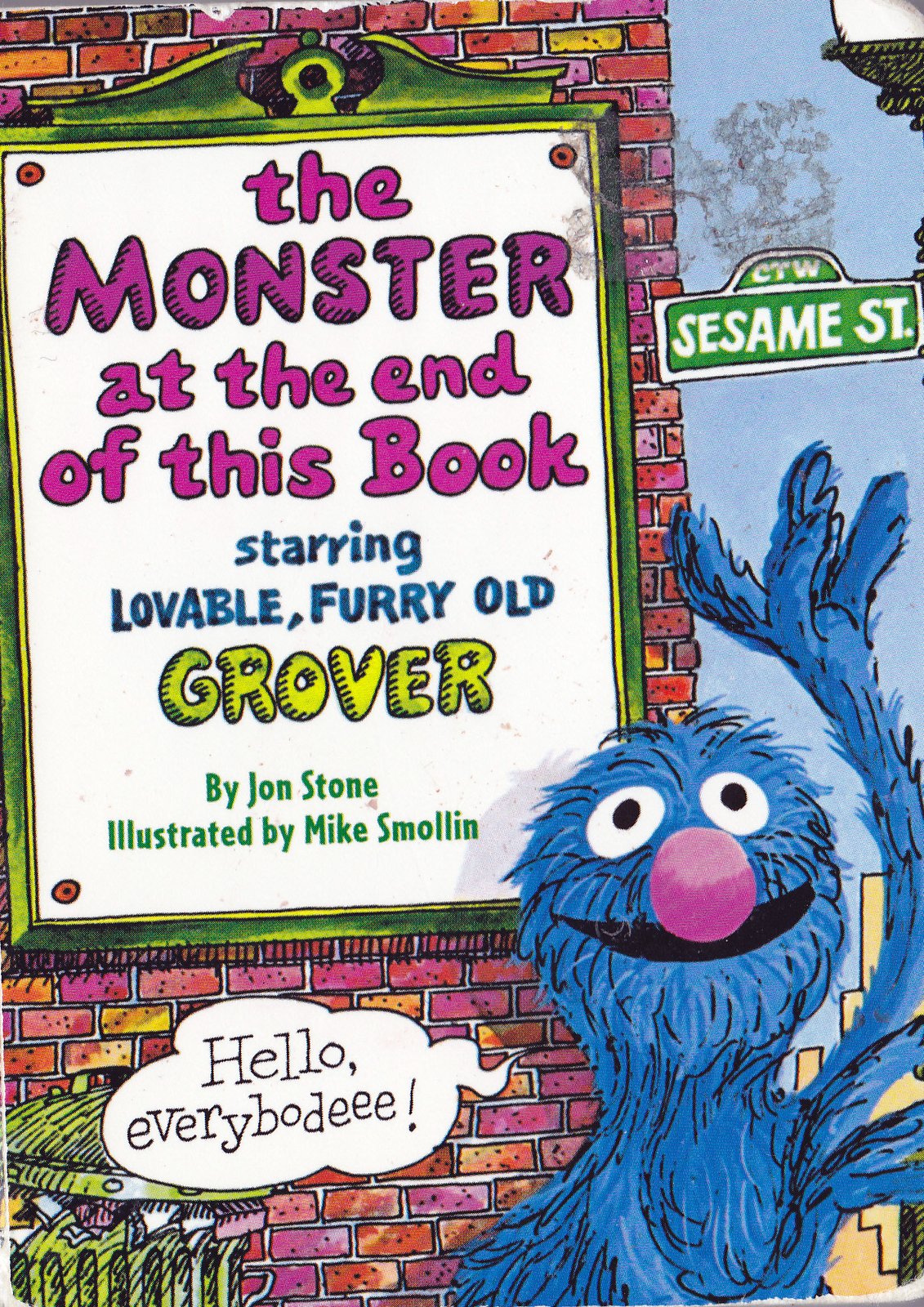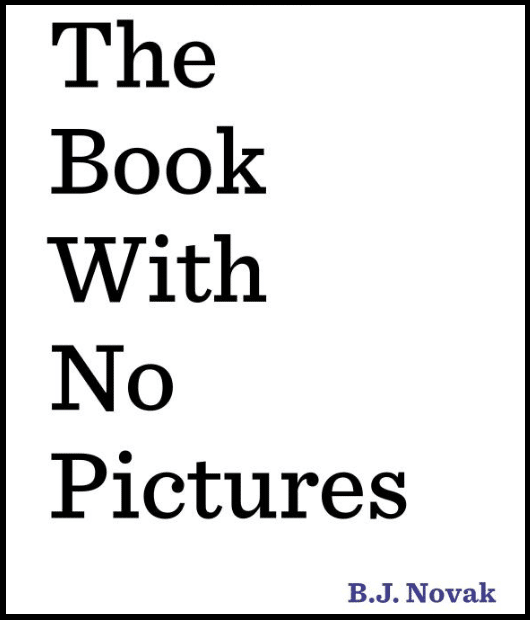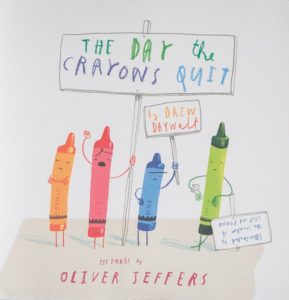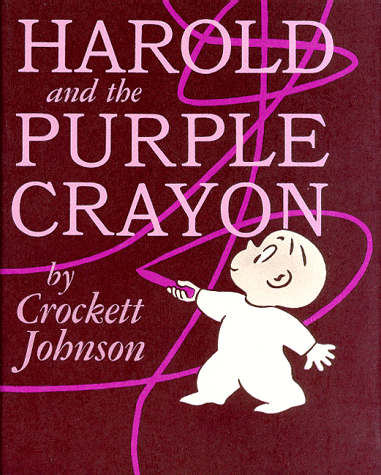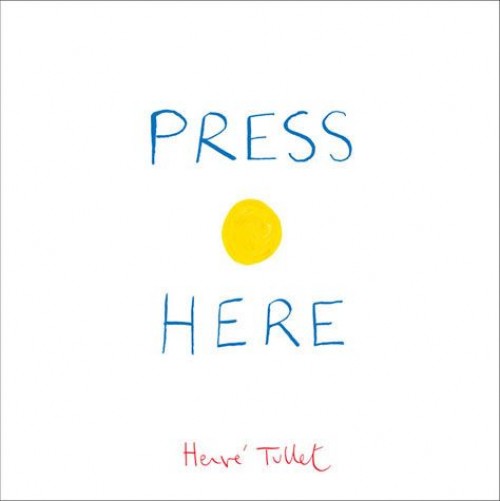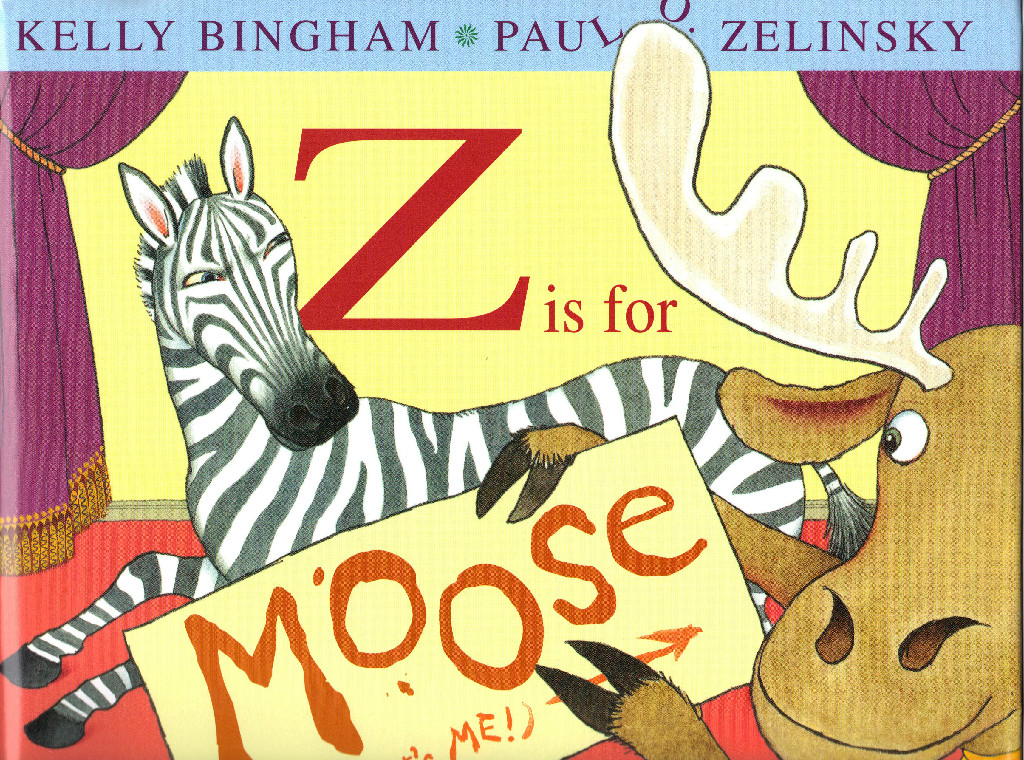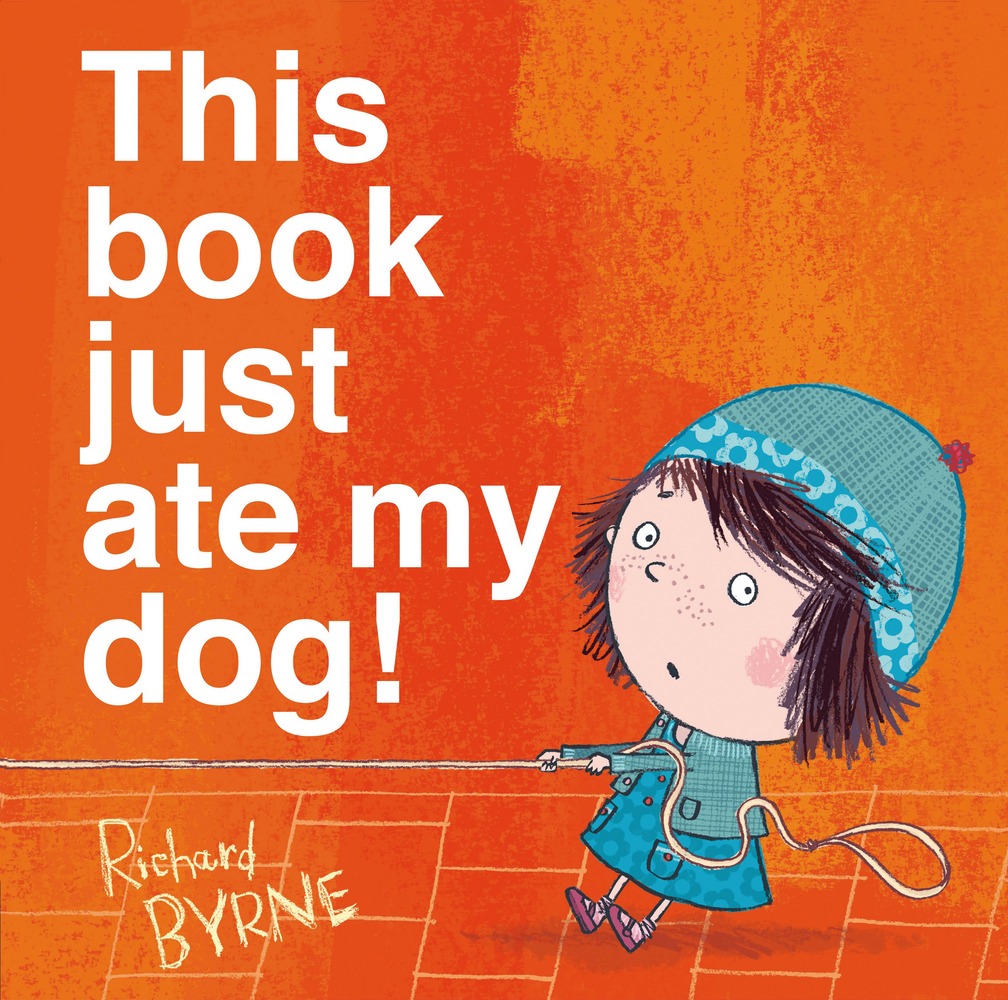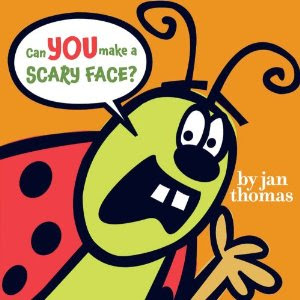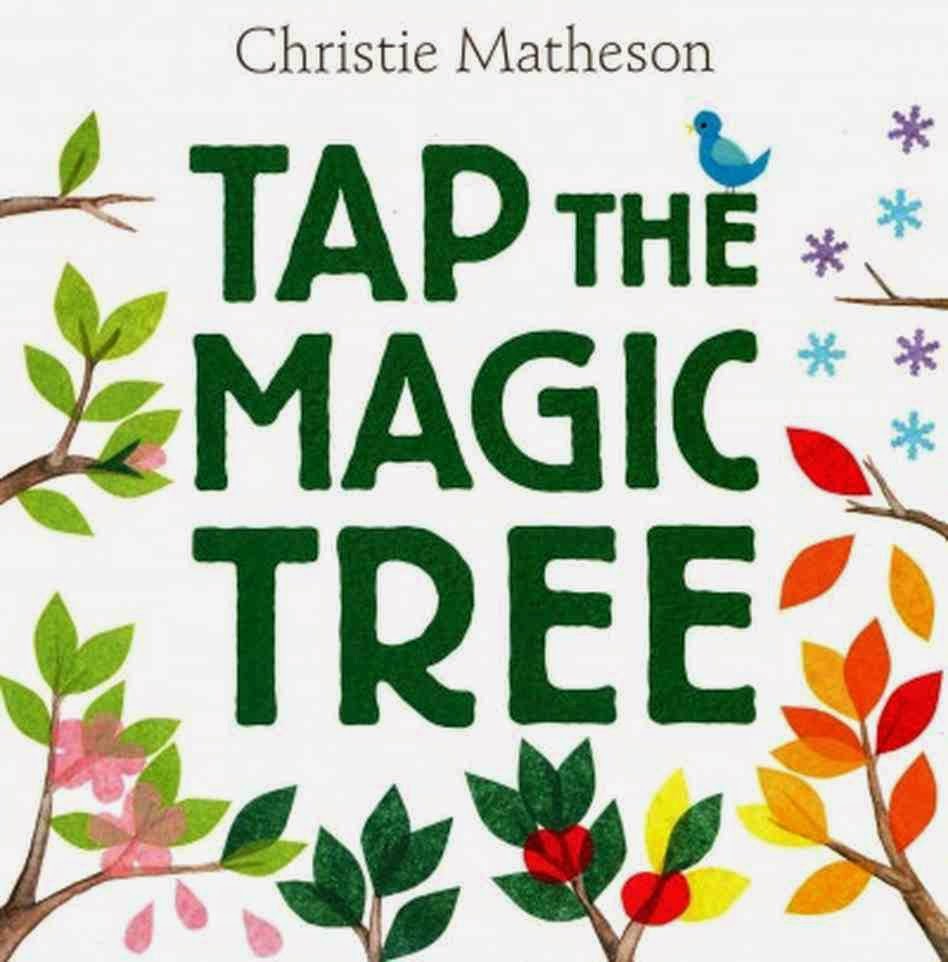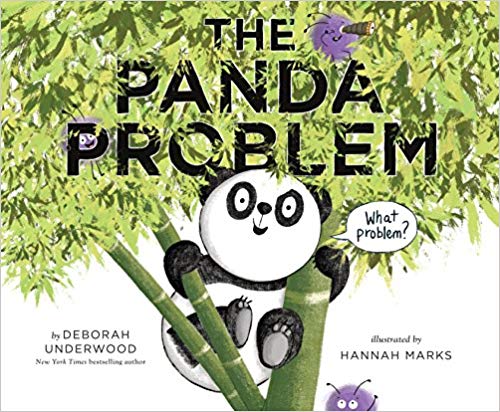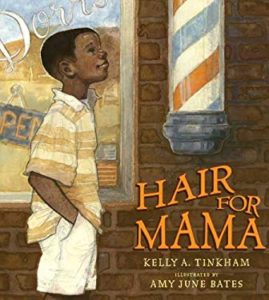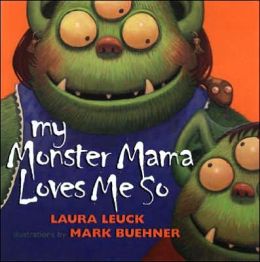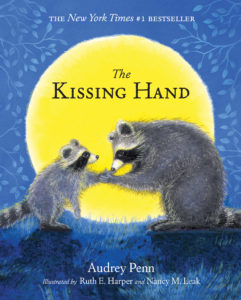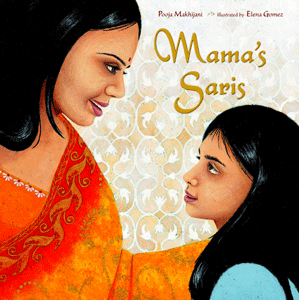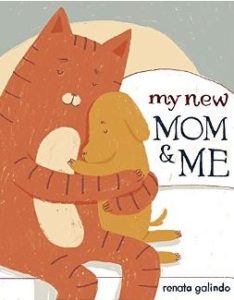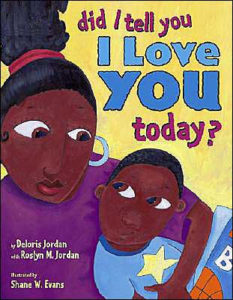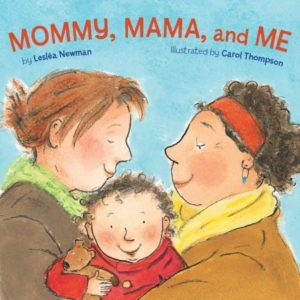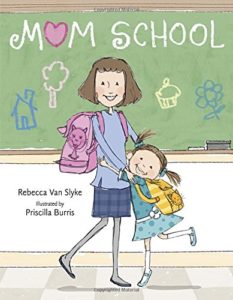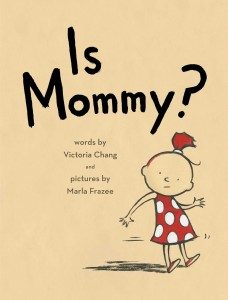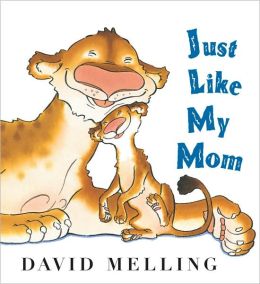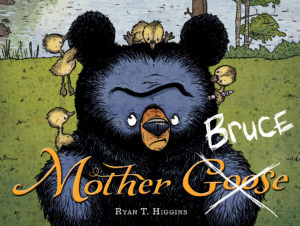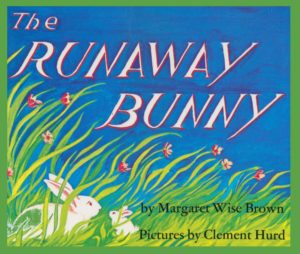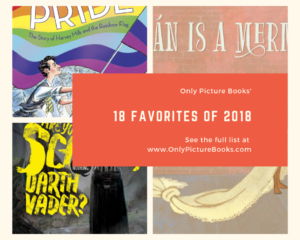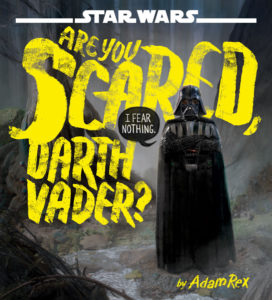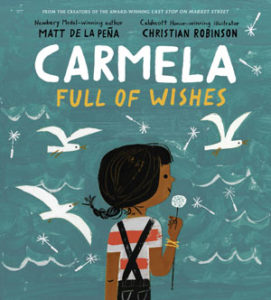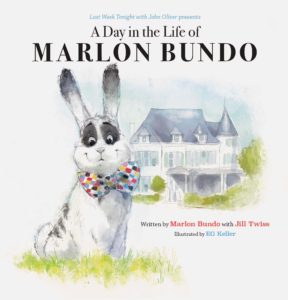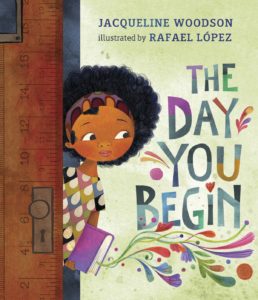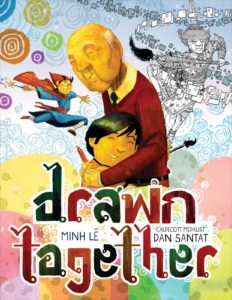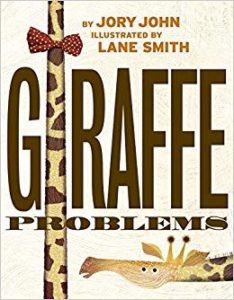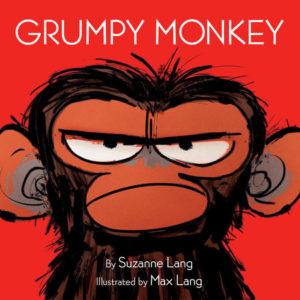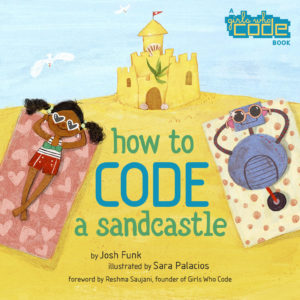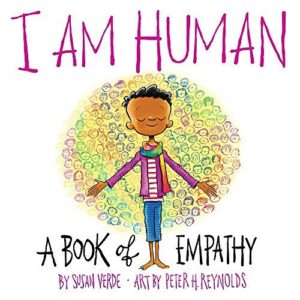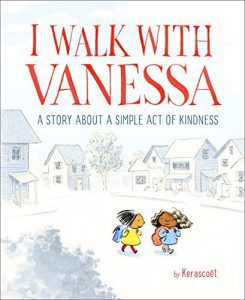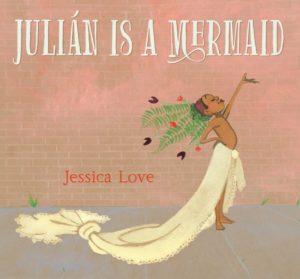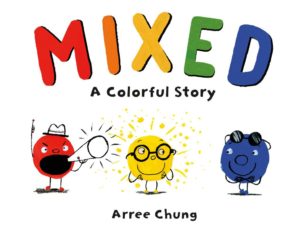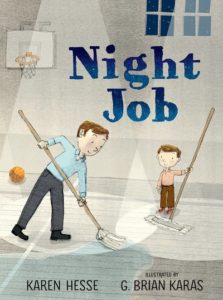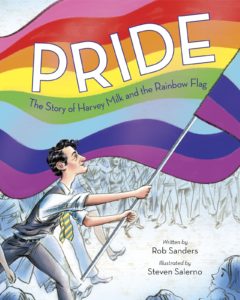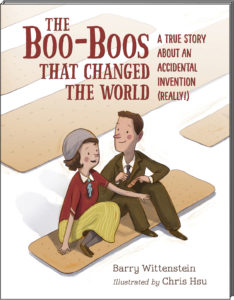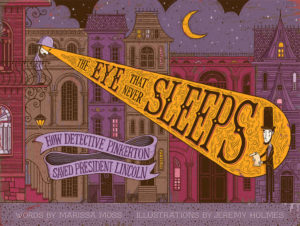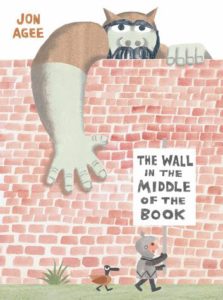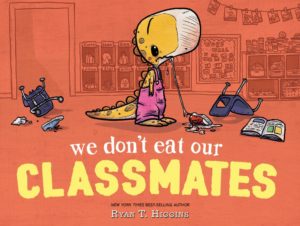Just last week, I spent an afternoon at Siesta Key Beach he re in Sarasota, Florida, which is generally ranked as one of the best beaches in the world (thank you, white powder sand!), I got to thinking–how many really good picture books were there about going to the beach and enjoying beach-related activities? I decided to find out and list some of my favs below with a brief explanation about why I liked them.
re in Sarasota, Florida, which is generally ranked as one of the best beaches in the world (thank you, white powder sand!), I got to thinking–how many really good picture books were there about going to the beach and enjoying beach-related activities? I decided to find out and list some of my favs below with a brief explanation about why I liked them.
And just for fun, I’m sharing one of my oodles of beach photos too.
Beach by Elisha Cooper (1 June 2016)
I’m a fan of anything Elisha Cooper does (see his OPB interview here!), and this book is no exception–it wonderfully shows how a day at the beach is fully of hundreds of memorable moments. The attention to detail in both image (so many nice double-page spreads!) and text (“A woman lathers on sunscreen and reaches for the spot that cannot be reached”) is delightful.
If you like this one, you should check out River, Cooper’s latest, which is equally a stunner.
Beach Feet by Kiyomi Konagaya, illustrated by Masamitsu Saito, translated by Yuki Kaneko (8 May 2012)
The way the boy interacts with the beach via his feet is magical. It simply transports the reader right into the sand alongside him.
I just ran across this book for the first time the other day and wow, I’m glad I did, though I wish there were more English-language picture books by Konagaya.
Duck & Goose Go to the Beach by Tad Hills (8 April 2014)
Duck wants adventure, Goose is far less sure. When they finally reach their destination (the beach!), Goose loves it but Duck gets his feathers ruffled by all the beach has to offer. This tenth installment in the Duck & Goose series is a lot of fun and it delivers a satisfying conclusion.
Flotsam by David Wiesner (4 September 2006)
This is a STEM book before STEM books were cool. A curious boy goes to the beach ready to collect flotsam and examine it with scientific rigor. This amazing book has shifting perspectives and elements of fantasy that any reader is sure to appreciate.
Harry by the Sea by Gene Zion, illustrated by Margaret Bloy Graham (26 Oct 1976)
Who doesn’t love the Harry the Dirty Dog series? In this story, Harry’s mistaken for a sea monster, and he has to hunt down his family in an ocean of umbrellas. The beach misadventures in this classic tale are a lot of fun, although be warned–the language isn’t quite on point for the politically correct times of today.
Hello Ocean by Pam Muñoz Ryan, illustrated by Mark Astrella (1 Feb 2001)
Gentle, meditative rhyming text (“the ocean, gray, green, blue, a chameleon always changing hue”) shows how a child explores the beach and watery wonders via her five senses. There’s a Spanish version too that offers a poetic translation of the story versus a literal one, but both are equally enjoyable.
It’s a Seashell Day by Dianne Ochiltree, by Elliot Kreloff (21 July 2015)
Let me be clear–I know Dianne well. But I only include books in OPB Lists that I admire and champion, and that’s the case here. It’s a Seashell Day is a memorable rhyming story about a boy and his shell collection that ends in a well-earned bedtime. It’s a great way to get younger reader thinking about how to engage with the natural world (and it brings up counting, too).
The Sand Castle Contest by Robert Munsch, illustrated by Michael Martchenko (1 July 2005)
Matthew builds sand castles–so well, in fact, that when there’s a competition, the judge thinks it’s a real house! Can Matthew convince him otherwise, so he might win the big prize (a bathtub full of ice cream)?
Scaredy Squirrel at the Beach by Mélanie Watt (1 March 2012)
It’s the third book in the Scaredy Squirrel series, and in true scared fashion, our hero is terrified by all that might go wrong at the beach (pirates, lobsters, seagulls!). Will his homemade beach getaway (inflatable pool, plastic flamingo, etc.) be enough or will he actually brave the beach itself?
Wave by Suzy Lee (16 April 2008)
When they’re done well, a wordless picture book can be stunning. What makes this one so impressive is that it only uses two shades of watercolor yet still offers a rich expression of a beachside experience. Small wonder that it was a New York Times Best Illustrated Children’s Book the year it came out!


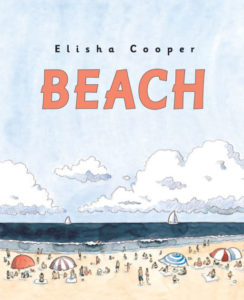
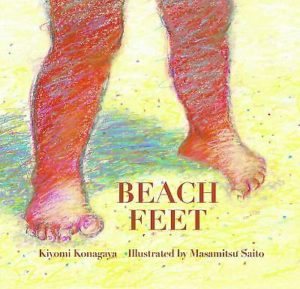
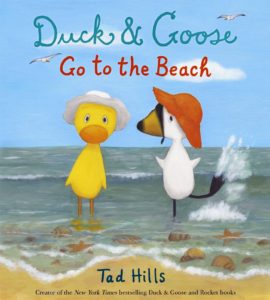
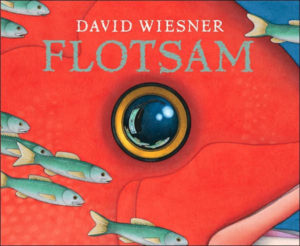
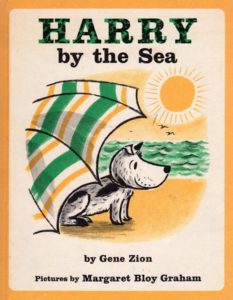
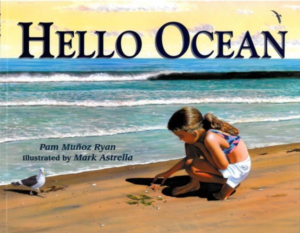
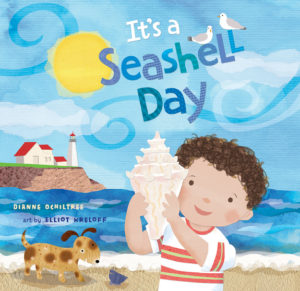
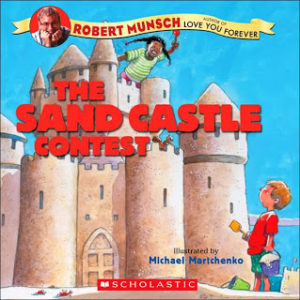
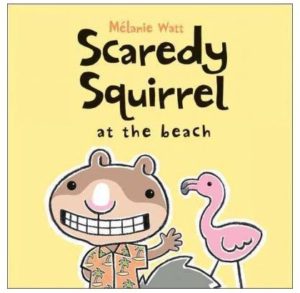
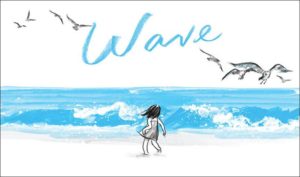
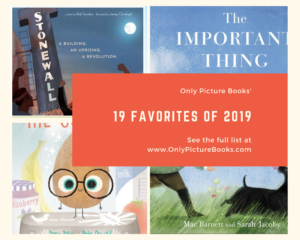 It’s the end of 2019, and here at
It’s the end of 2019, and here at 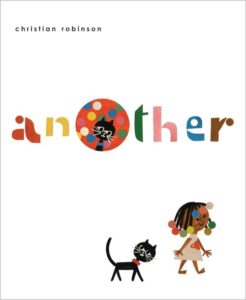
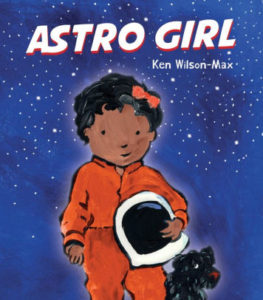
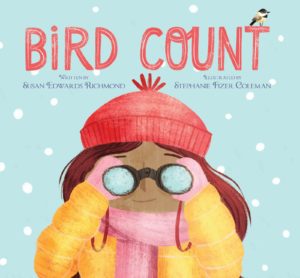
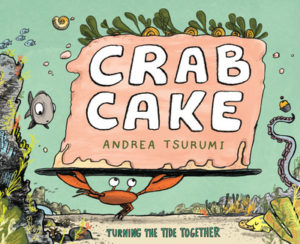
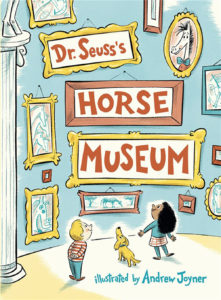
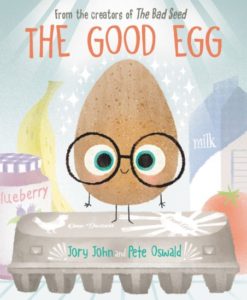
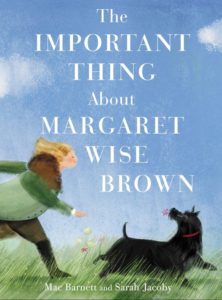
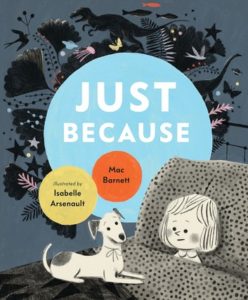

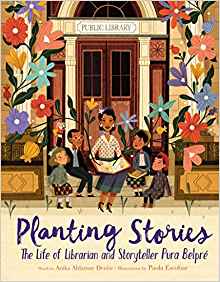
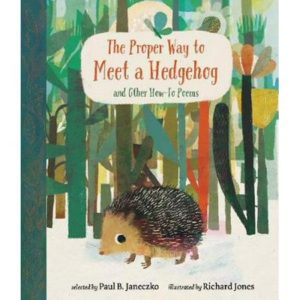
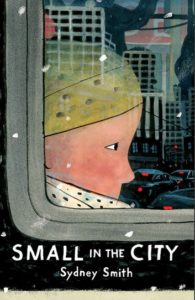
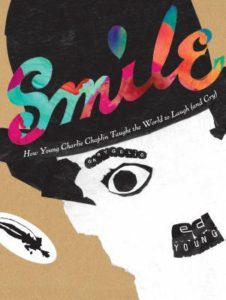
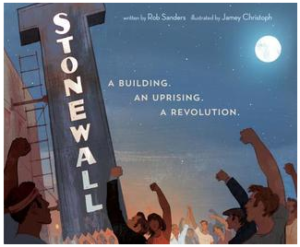
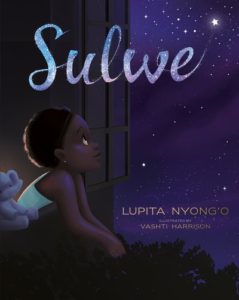
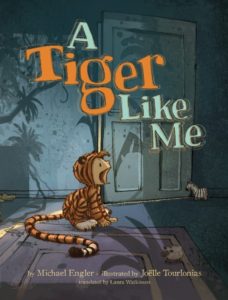
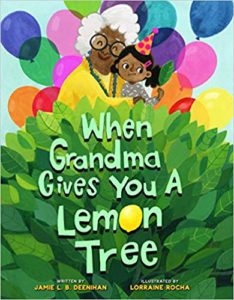
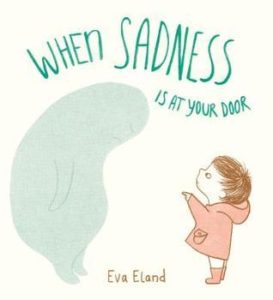
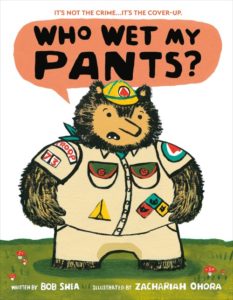
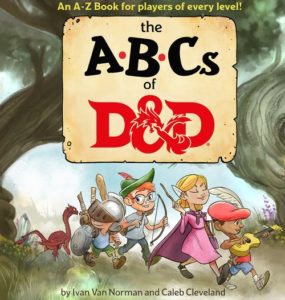
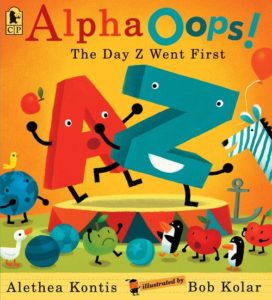 AlphaOops! The Day Z Went First
AlphaOops! The Day Z Went First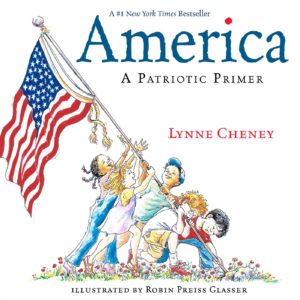 America: A Patriotic Primer
America: A Patriotic Primer